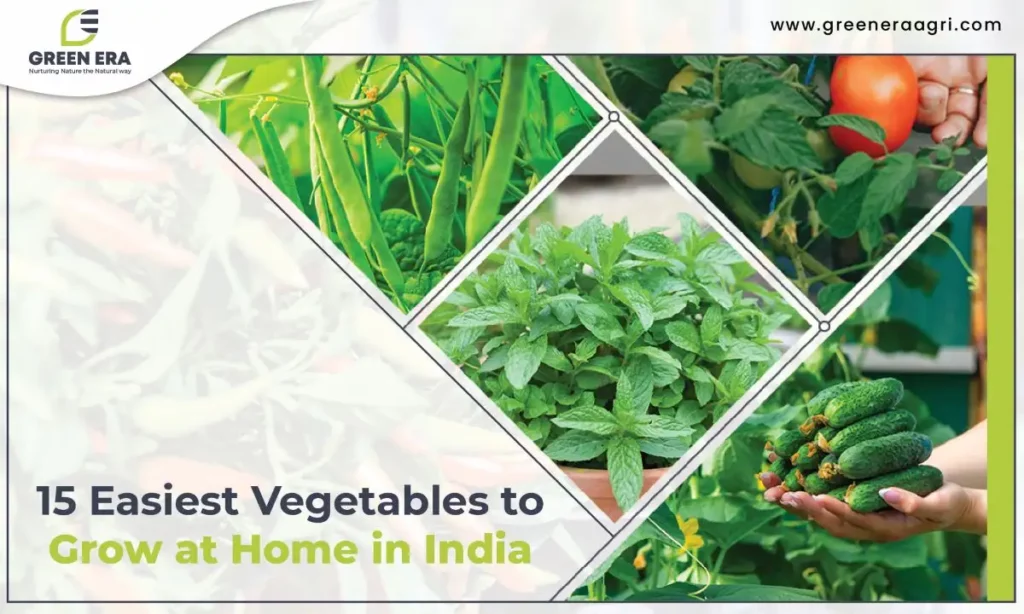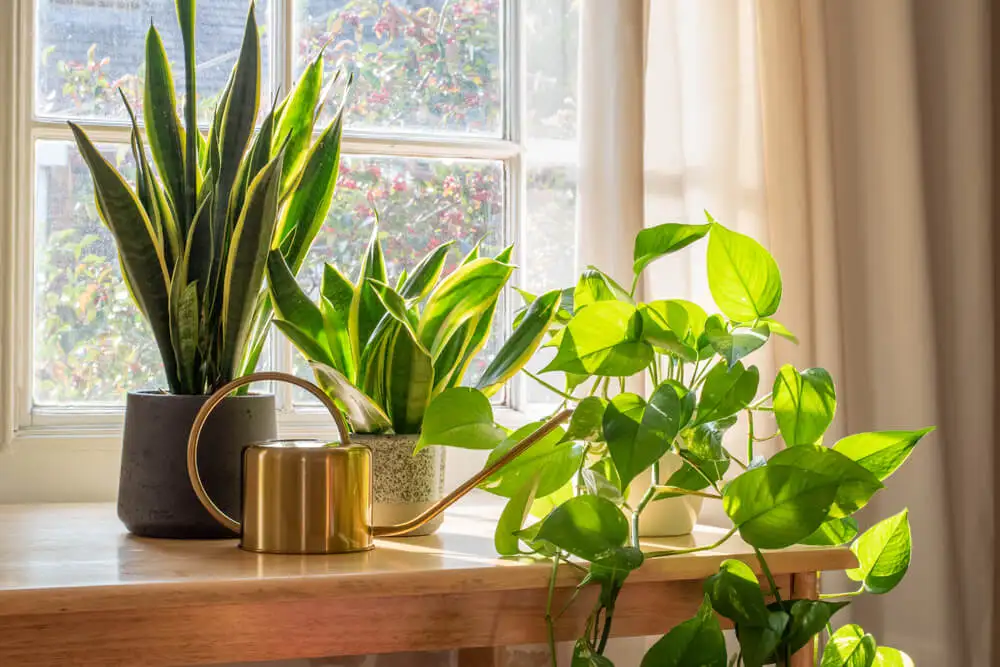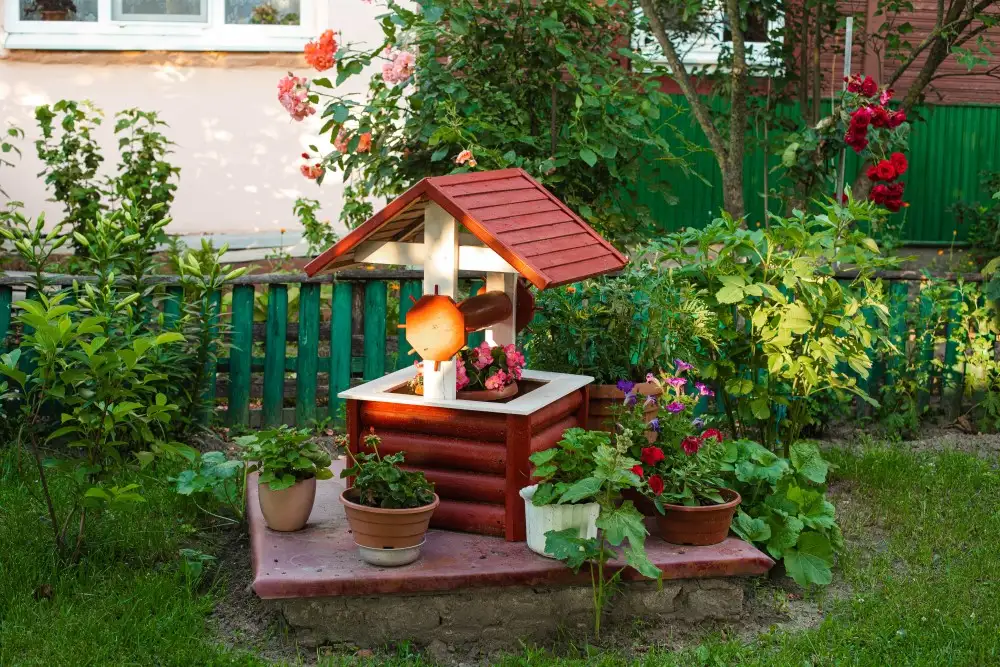Home gardening has taken root across the globe, and India is no exception. The satisfaction of nurturing plants and reaping the rewards of homegrown vegetables is a joy like no other. Whether you’re an experienced gardener or a novice, this guide introduces the 15 easiest vegetables to cultivate at home in the India. Each vegetable is accompanied by its unique growing requirements, essential care tips, and potential challenges to help you embark on a successful gardening journey.
The 15 Easiest Vegetables To Cultivate At Home In India
1. Tomatoes

Tomatoes are a staple in many Indian dishes, making them a popular choice for home gardeners. To ensure a thriving tomato crop, provide your plants with a sunny spot that receives 6-8 hours of sunlight. Well-draining soil enriched with compost or organic matter is essential. Consistent watering, ideally at the base of the plant, helps prevent diseases. Pruning the lower leaves and providing support for vines encourages healthier growth and better fruit production. Keep an eye out for common pests like aphids, whiteflies, and tomato hornworms.
2. Green Beans
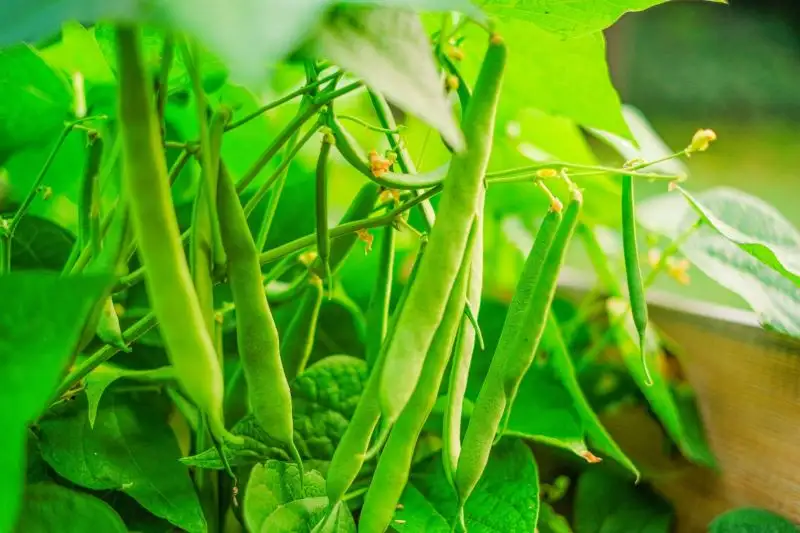
Whether you opt for bush or pole beans, these vegetables are easy to grow in India’s warm climate. Plant them in a location that receives full sunlight. Well-draining soil and regular watering are crucial for successful growth. Bush beans mature quickly, while pole beans require trellises or supports for vertical growth. Regular harvesting not only provides you with fresh produce but also encourages continuous flowering. Watch for pests such as aphids and whiteflies and use natural deterrents like neem oil.
3. Radishes
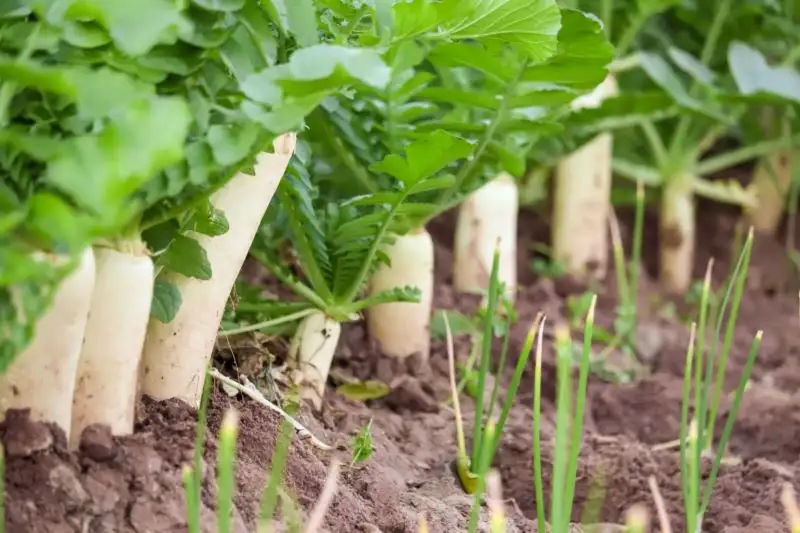
Radishes are perfect for impatient gardeners as they mature within a month. Sow the seeds directly in well-draining soil and water consistently to prevent the roots from becoming woody. Regular thinning of seedlings ensures proper spacing and encourages healthier growth. Protect your radishes from root maggots by using row covers. The vibrant foliage may also attract flea beetles, so keep an eye out for any signs of damage.
4. Spinach

Spinach is a versatile leafy green packed with nutrients. While it thrives in cooler temperatures, it can withstand slightly warmer conditions. Sow the seeds in well-draining soil and provide partial shade during hotter months. Regularly harvesting outer leaves promotes continuous growth. Protect against pests like leaf miners and aphids by using insecticidal soap or neem oil.
5. Cucumbers
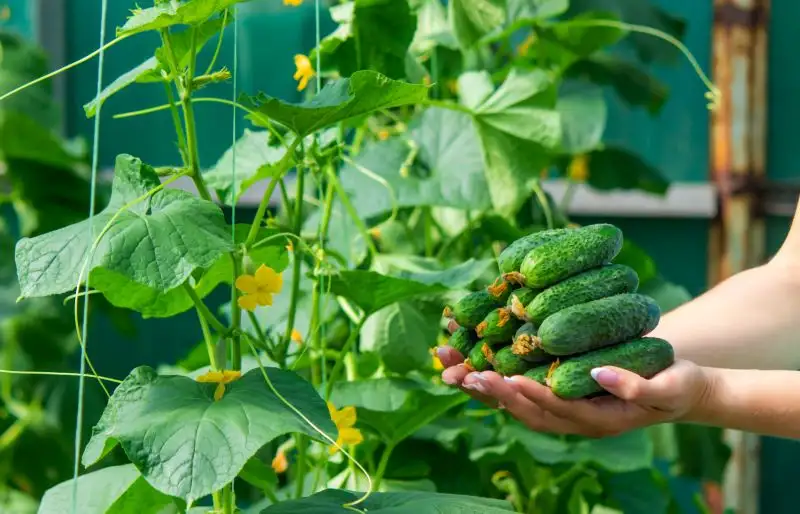
Cucumbers are known for their vigorous growth and refreshingly crisp texture. Choose a sunny spot with well-draining soil and provide ample space for vines to spread. Trellises or supports save space and prevent fruit rot. Consistent watering is crucial, especially as the fruits begin to develop. Regularly inspect for pests such as cucumber beetles and powdery mildew.
6. Bitter Gourd
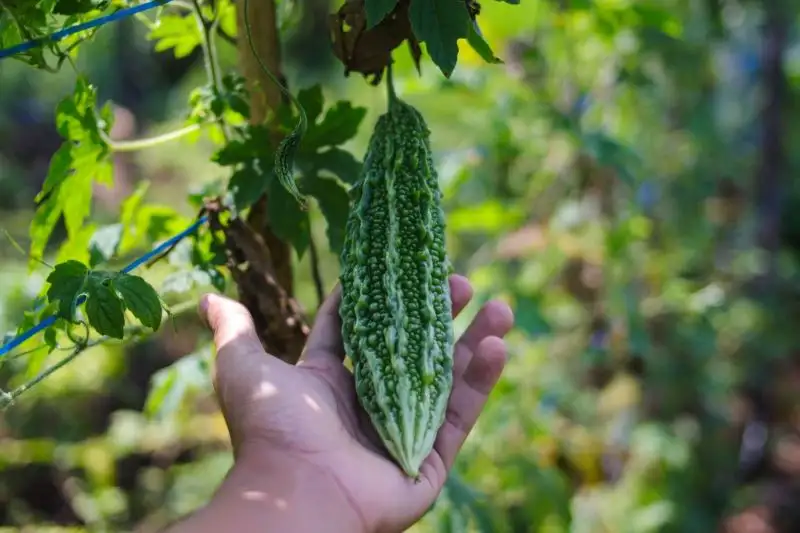
Bitter gourd, or karela, is a common vegetable in Indian cuisine. Plant bitter gourd in a warm and humid environment, ensuring it receives plenty of sunlight. Support the vines as they grow by providing trellises or stakes. Harvest young and tender fruits to enjoy their mild bitterness. Keep an eye out for common pests like fruit flies and spider mites, which can damage the leaves and fruits.
Also Read: How to Start Your Backyard Garden – Step-by-Step Guide
7. Bottle Gourd

Bottle gourd, or lauki, is another warm-season favorite. These vines can be trained to grow vertically, saving space in your garden. Well-draining soil and full sunlight are essential for healthy growth. Young bottle gourds are tender and ideal for cooking. Protect against powdery mildew and fruit flies, which are common challenges for bottle gourds.
8. Chilies
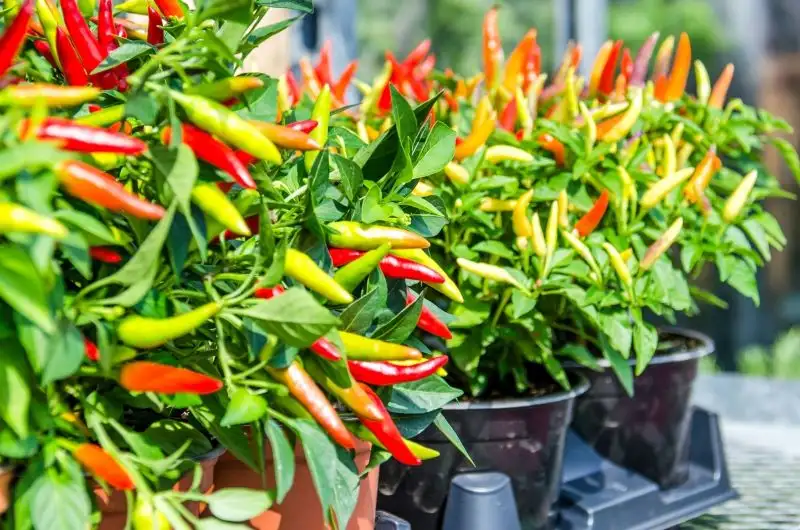
India’s love for spice makes growing chilies a rewarding endeavor. Choose from a range of mild to hot varieties based on your preference. Plant them in a location that receives full sunlight and ensure well-draining soil. Pruning your chili plants promotes better air circulation and higher fruit yield. Protect against aphids, whiteflies, and fruit borers, which can damage the developing chilies.
9. Coriander
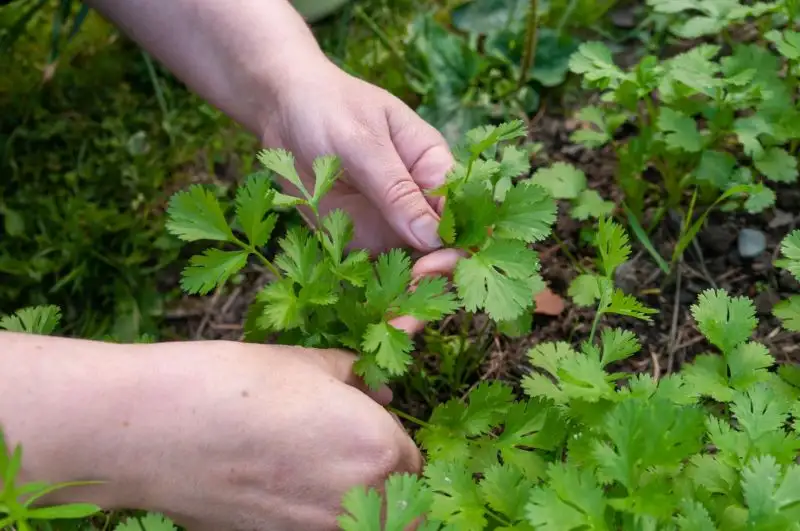
Coriander, or dhania, adds a burst of flavor to Indian dishes. Grow coriander from seeds in well-draining soil with partial sunlight. Regularly harvest the outer leaves to prevent the plant from bolting (going to seed). Keep an eye out for aphids and fungal diseases that can affect the leaves.
10. Fenugreek
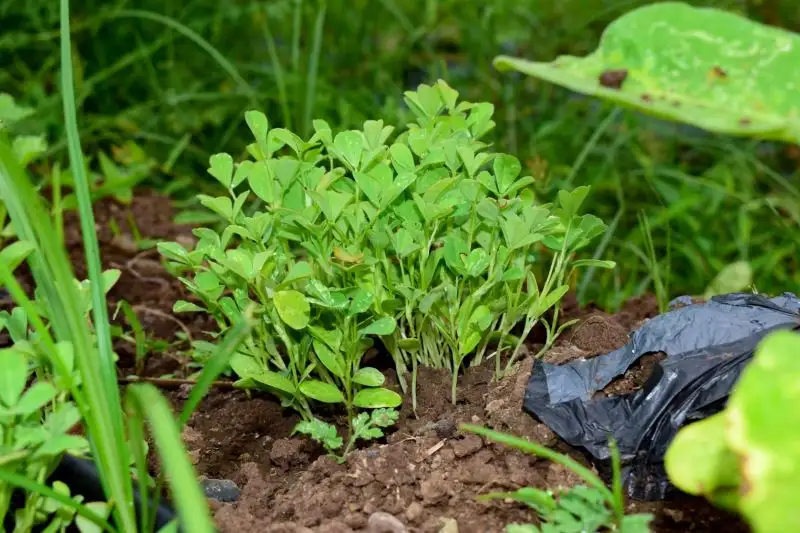
Fenugreek, or methi, is a versatile herb and green used extensively in Indian cooking. Sow fenugreek seeds directly in pots or garden beds with well-draining soil. Both the leaves and seeds are edible. Regularly trim the plants to encourage bushier growth and prevent early flowering. Protect against aphids and fungal issues that can impact the leaves.
11. Carrots
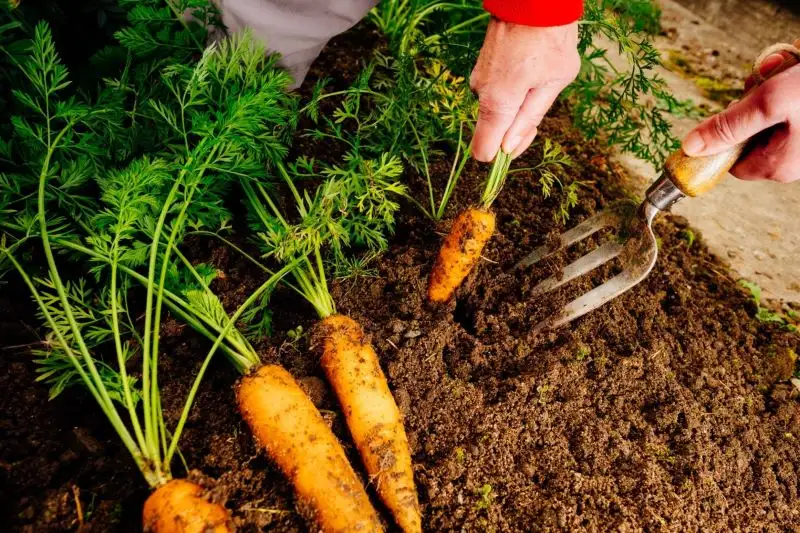
Carrots thrive in loose, well-tilled soil. Sow carrot seeds directly in the ground or containers with good drainage. Consistent watering is crucial for preventing cracked roots. Thinning the seedlings ensures adequate space for the roots to develop properly. Watch out for carrot flies and aphids, which can damage the foliage.
12. Onions
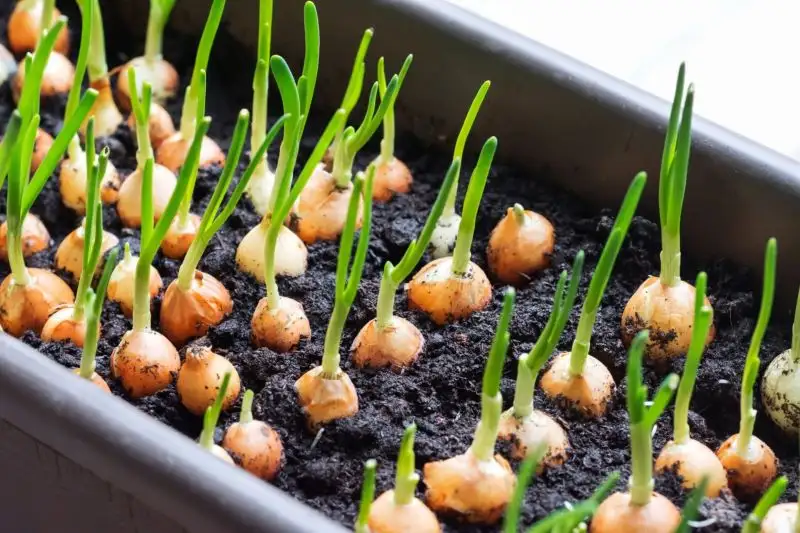
Onions can be started from seeds or kitchen scraps, making them a sustainable choice. Provide well-draining soil and moderate sunlight. Bulb formation takes time, often several months, but the outcome is worth the wait. Guard against onion thrips and fungal diseases by practicing good hygiene and providing adequate air circulation.
13. Okra

Okra, or bhindi, thrives in warm temperatures. Sow the seeds directly in well-draining soil and ensure they receive full sunlight. Provide support for the tall plants as they grow to prevent them from falling over. Regular harvesting of young pods promotes continuous flowering and fruiting. Protect against common pests like aphids, caterpillars, and fruit borers.
14. Mint
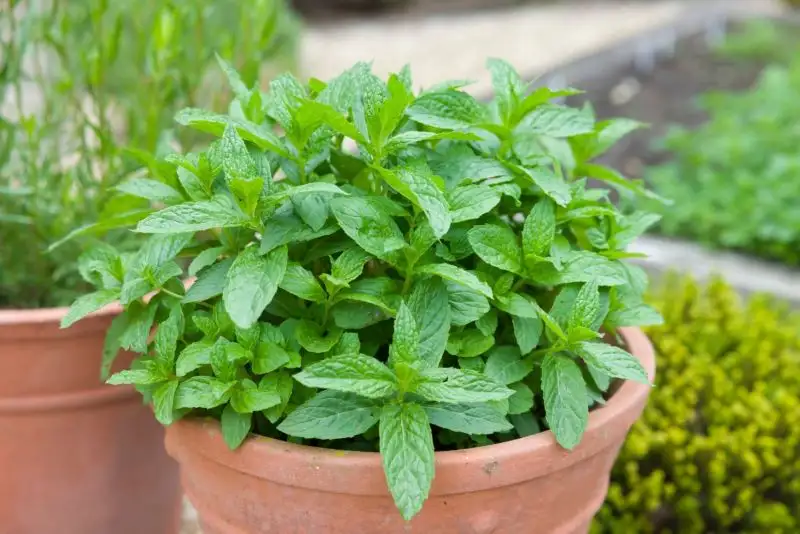
Mint is a robust herb with a tendency to spread rapidly. To prevent it from taking over your garden, grow mint in containers. Partial sunlight is sufficient for its growth. Regularly trim the leaves to promote bushier growth. Keep an eye out for spider mites and fungal issues that can affect the leaves.
15. Pumpkin
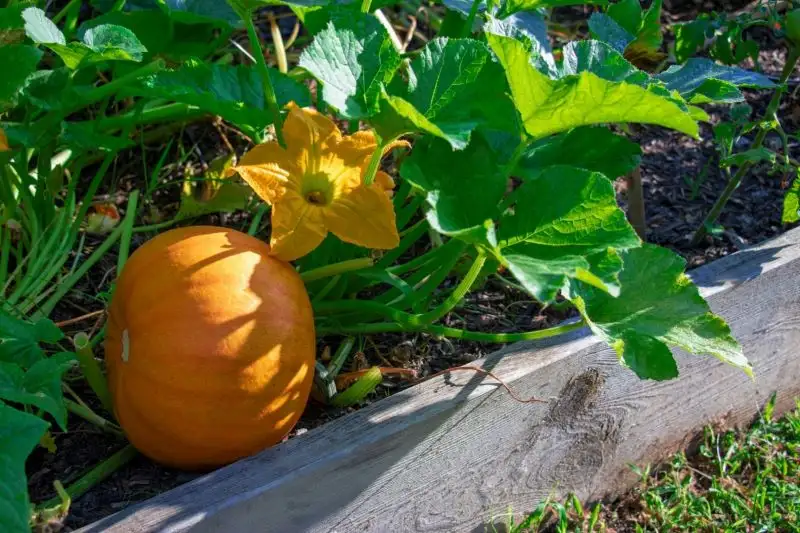
Pumpkins require ample space due to their sprawling vines. Choose a sunny location with well-draining soil and provide consistent watering. Be patient, as pumpkins take time to mature—usually around 3 to 4 months. Guard against powdery mildew, which can affect the leaves and pests like squash bugs that can damage the fruit.
Conclusion
Embarking on the journey of cultivating these 15 easiest vegetables at home in India is a gratifying endeavor that not only fills your plate with fresh produce but also enriches your connection with nature. Each vegetable has its own preferences and challenges, and as you nurture them, you’ll find yourself growing alongside your garden.
Frequently Asked Questions (FAQs)
-
What is the easiest vegetable to grow at home?
Radishes are one of the easiest vegetables to grow at home, as they have a quick growth cycle and are relatively low-maintenance.
-
Which vegetables grow fast at home in India?
Leafy greens like spinach and fenugreek, as well as herbs like coriander and mint, tend to grow fast at home in India due to the favorable climate.
-
Which are easy vegetables to grow in pots?
Tomatoes, chilies, green beans, and herbs like mint and coriander are easy vegetables to grow in pots, making them suitable for container gardening.
-
What is the easiest vegetable to take care of?
Radishes are again considered one of the easiest vegetables to take care of, requiring minimal attention and having a short growth period.
-
How to take care of vegetable plants?
To take care of vegetable plants, provide them with adequate sunlight, water regularly but avoid overwatering, maintain proper spacing, apply organic mulch, and provide necessary support or trellis as required for climbing plants. Also, monitor for pests and diseases and take timely measures to prevent or treat them.

